I Refused to Pay for the Coffee Machine at Work—Now HR Got Involved


Planet Earth is full of wondrous phenomena. I mean, can you imagine going for a midnight swim and suddenly finding yourself surrounded by a glowing blue haze? As if there were huge pillars of light coming out of the seabed directly toward the surface! This experience is rare, but it sure is magical.
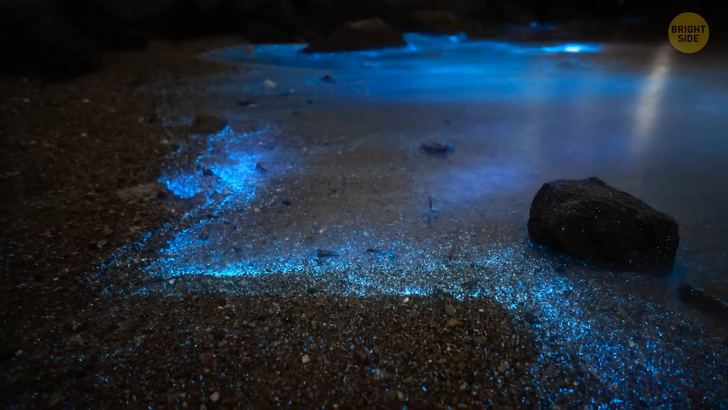
This chemical reaction is known as bioluminescence, and it can happen in different situations. One example is when tiny algae organisms migrate closer to the seashore. When these algae are disturbed, they try to defend themselves by glowing — and just happen to create the most beautiful spectacle.
There’s another place in the world where you can see a similar thing, but it’s caused by a different creature. This place is in New Zealand. Hidden deep within the country’s caves live glowworms. They are the larvae of medium-sized, narrow beetles that happen to be luminescent. If you’re lucky enough to tour these caves, you’ll feel like floating inside an underground galaxy.
Recently, a video of a super rare phenomenon started circulating on the web. Take a quick look at it and see if you can make out what it is. Ok, it looks like a river, right? But it doesn’t look as if any water is flowing there. When the Iraqis first saw this happening, they didn’t know what it was, so they just called it “the sand river.” It sure was a good guess, but a flowing river of sand would be something too out of this world to be true.
It turns out that what these people saw was more or less an optical illusion. It’s not sand, but it’s not exactly water, either. Here’s what happened. In arid environments, it’s not so uncommon for hail to fall. And in the case of the sand river, what we actually see is thousands and thousands of floating hailstones. Oh, and if you don’t know what hail is, it’s frozen rain that pours down in the form of small pebbles of ice. That would be something to see!
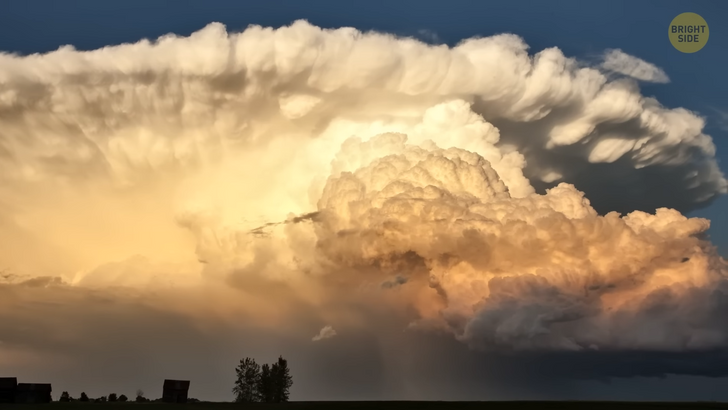
Say you’re driving through the countryside and suddenly spot a mushroom-shaped cloud. Uh oh. Or maybe it’s a spaceship of another civilization. You don’t quite know what it is, but you do realize that it’s huge. Should you continue driving toward it, or should you turn around and drive in the other direction?
Well, you should know that a cloud like this indicates that a huge thunderstorm is happening inside. And not just a storm but a mesocyclone. A mesocyclone is a rotating updraft that can span several miles. It’s usually accompanied by torrential rains and strong winds. If I were you, I’d turn that car around and head in the opposite direction. Phew!
You know Thor? I guess he might live inside this next natural phenomenon. Sometimes, when a volcano erupts, this process can be accompanied by huge thunderbolts. Scientists often refer to it as volcanic lightning. They are still debating why this thing occurs. One of their guesses is that when a volcano erupts, it projects positively-charged debris into the atmosphere.
These charges then react with the already-present negative charges, which can produce a bolt of lightning. Cool, huh? The first time anyone witnessed something like this was during the eruption of Mt. Vesuvius in 79 CE. No, it wasn’t me. But here I am wondering: were there or were there not any sightings of Thor? Hey sometimes when I work out too much, I get thor...
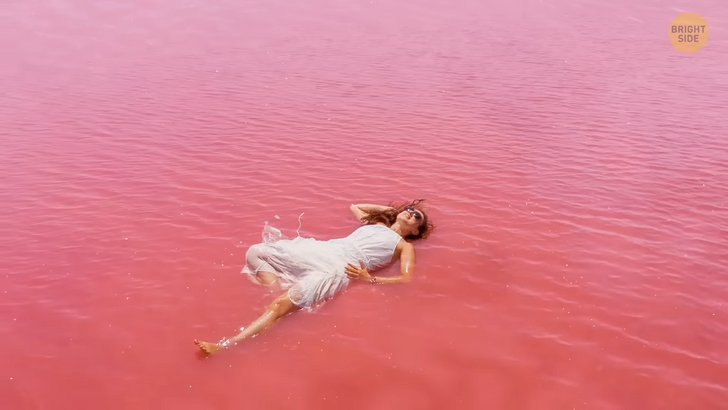
Now, all the way down in Senegal, Africa, we’ll witness another unbelievable sight. Some 18 miles north of Dakar, the country’s capital, there is a unique lake. Arriving there, you might imagine you’re walking out of a spaceship and stepping on an unknown planet: after all, have you ever seen real-life pink water before?
Lake Retba, or Lac Rose as the locals call it, has become internationally famous for being vivid pink. And yes, you can swim there if you’d like to! But you should know that the water there is extremely salty. Lake Retba is known to be one of the world’s saltiest lakes, with a saline level of over 40%.
And in case you’re wondering why the water is pink, I assure you this has nothing to do with otherworldly factors. It’s actually due to the high levels of salt. The algae, Dunaliella salina is responsible for the pink hue. These algae produce the red pigment that absorbs sunlight, giving the lake its striking pink color.
But if you’d like to see the lake at its brightest, you should go there during the dry season, between November and June. During other months, rainwater dilutes the pigment, and the color of the lake becomes less distinct. Lake Retba has turned into a famous international attraction recently because who wouldn’t love a picture of them swimming in the pink water?
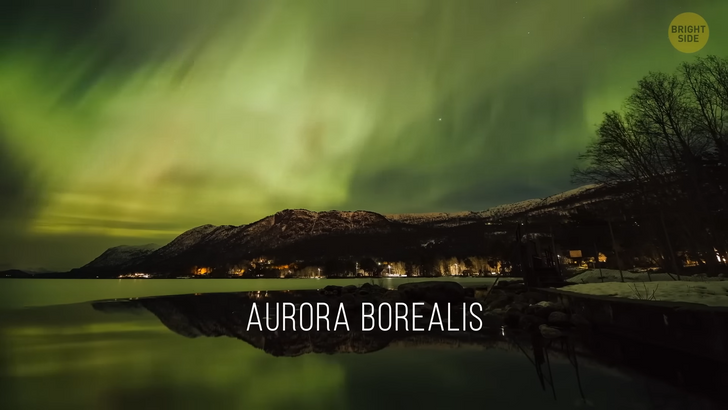
You might have heard of the aurora borealis, aka the northern lights. This phenomenon has continued to mesmerize scientists and tourists alike ever since it was witnessed for the first time. To see it, you have to be pretty lucky. You’ll need to travel to the extreme North or South points of our planet. And even then, you’ll have to hunt this phenomenon down and hope the sky will put on a show for you!
The aurora borealis is an extremely rare phenomenon. And although these greenish lights look delicate, they’re actually the fruit of a rather rough event. This spectacular light show occurs when energized particles from the Sun slam into Earth’s upper atmosphere. But it sure is a sight to behold, isn’t it?
Can you imagine a hill that never stops burning? Located in the arctic region of Canada, the so-called Smoking Hills are an unmatched site on our planet. And here things get a little “science-fiction-y,” since some of the minerals found in these hills have only been discovered outside Earth, on the surface of Mars. The ground of the Smoking Hills has been releasing smoke for at least a couple of hundred years, non-stop. Explorers thought the area was home to an active volcano, but that was not the case.
As science explains, the soil in the area is formed by sulfur and coal. And when these elements get in contact with oxygen, they spontaneously ignite, releasing constant smoke. I just warn you: don’t get any touristy ideas. The environment is extremely hostile to people — the smoke is toxic, and its temperatures are dangerously high. So let’s move on before smoke gets in our eyes. Hey there’s a song there!
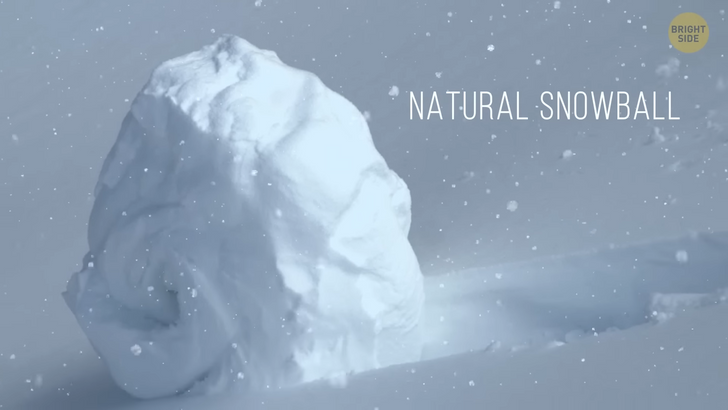
Have you ever heard of something called a natural snowball? This can be proof that nature is really perfect. In 2016, the beaches of the Gulf of the Ob, a bay in the Arctic Ocean, filled up with rows and rows of giant snowballs. Think balls measuring up to 3 ft across. This is a rare yet beautiful phenomenon that happens when smaller pieces of ice end up being rolled by strong winds and water.
The further they roll, the more ice they gather and the more polished this ice becomes. Such snowballs end up as giant, perfectly shaped spheres. They look pretty amazing on their own, but hundreds of them together? Think of it — you could have a snowball fight between giants!
There are also some snowballs that turn into huge rolling donuts. This shape occurs only in perfect temperature conditions when the snow is both hard and fluffy. A snowball begins rolling down, gathering more and more snow until, suddenly, its middle part collapses. This way, the snowball acquires its donut shape! Hmm, does it also taste as good as a donut? No.
Let’s say you go for a hike. But instead of blue skies, you see a huge cloud of fog. This may ruin your photo ops, but there’s one thing you can hope for! Foggy days are perfect for a phenomenon known as the fog bow. Its other name is the white rainbow.
It occurs because of the tiny size of water droplets that form the fog — they’re even smaller than two thousandths of an inch! You know, teeny tiny. So, instead of a multicolored rainbow, you get a transparent one with red outer edges and a bluish inner border. Cool!











